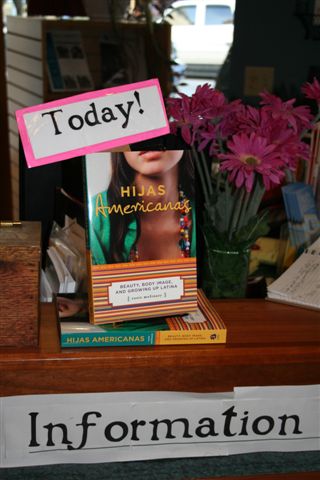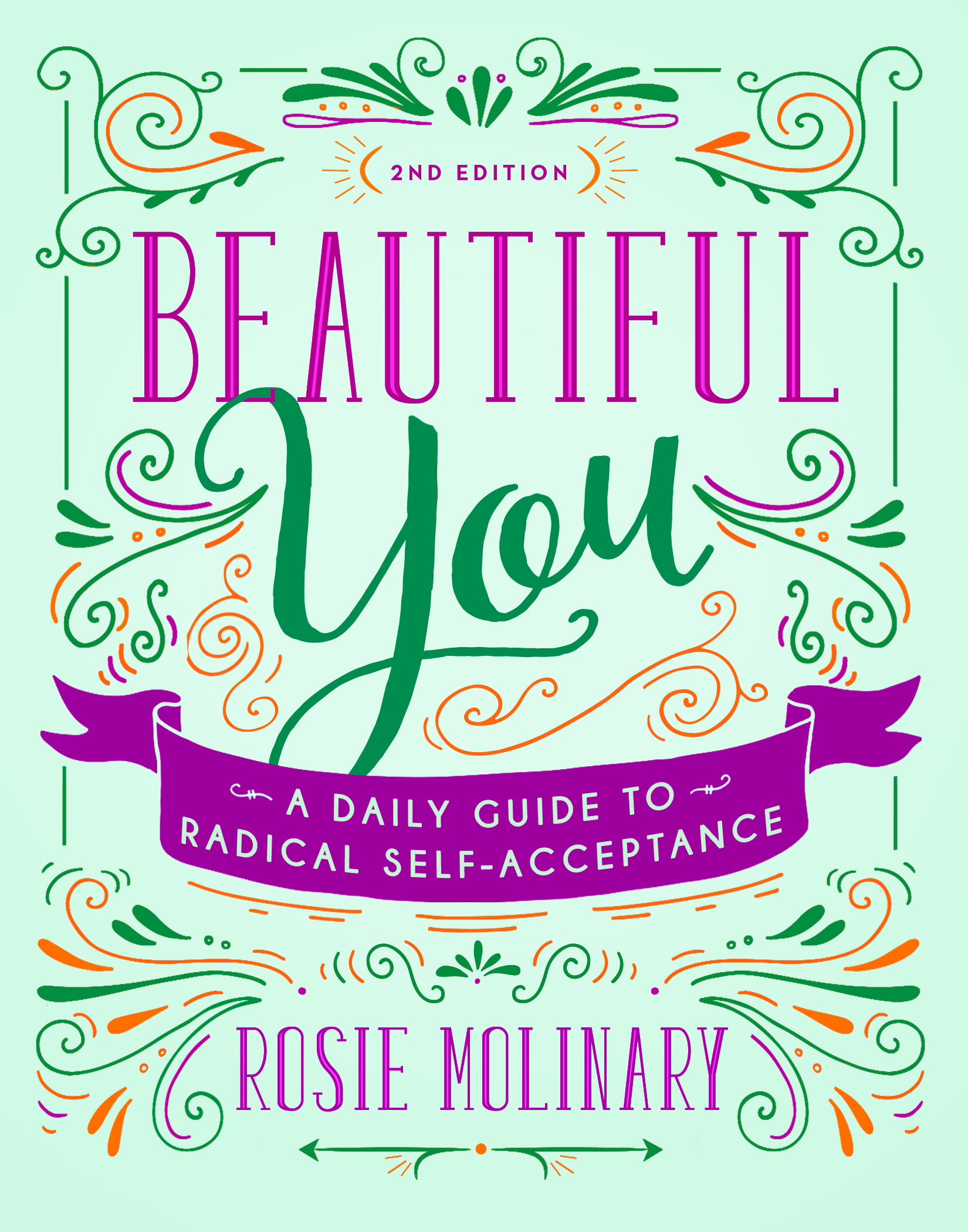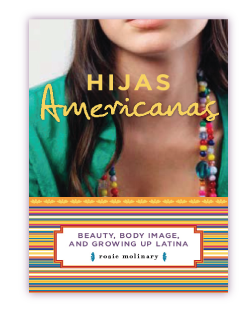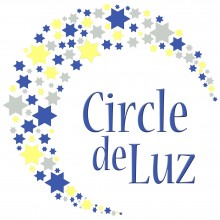
What does it mean to be beautiful in America? The answer to this question brings up all kinds of clichés. Reality shows, magazines, sitcoms, movies, and music videos propagate a certain image—tall, thin, and blond—that’s unattainable for most women. But pop culture isn’t the only place where beauty matters. Female news anchors, executives, and CEOs, even high-power board members, find that beauty plays a role in breaking through the glass ceiling. Beauty is so valued, it’s become a commodity.
The question that comes up for me when I think about the power beauty has over our lives and experiences is this: What happens to girls whose self-image is shaped by other people’s beauty standards, and whose own features aren’t reflected back to them in the everyday images the media promotes… For those of us who have dark skin, raven hair, and a short stature, there isn’t much external validation. The average woman of any ethnicity is different from what’s celebrated on television, in magazines, and in life… Often, in Latin culture, these differences are exacerbated by the fact that the families’ input offers such a distinct point of view—one that’s often at odds with the larger culture. Thus, as Latinas we can be caught in between two standards of beauty—not feeling beautiful in either culture, or feeling beautiful in one but not the other. No matter where we stand, we’re on the precipice of judgment, with one set of values that informs our lives shaped by American pop culture and another set shaped by our families’ culture and traditions.
Oftentimes there’s another perspective as well—our own: a perspective that takes into account the impact of the first two and how they push and pull at our self-image and feelings of who we are. This last perspective is the place where we can find peace in ourselves, which is what ultimately leads us to our real beauty.


